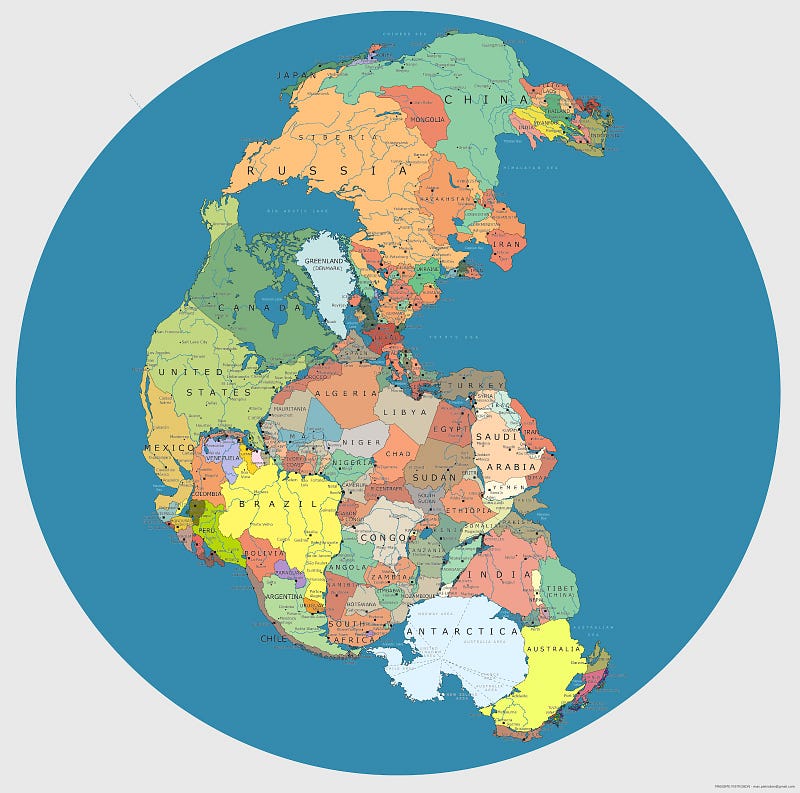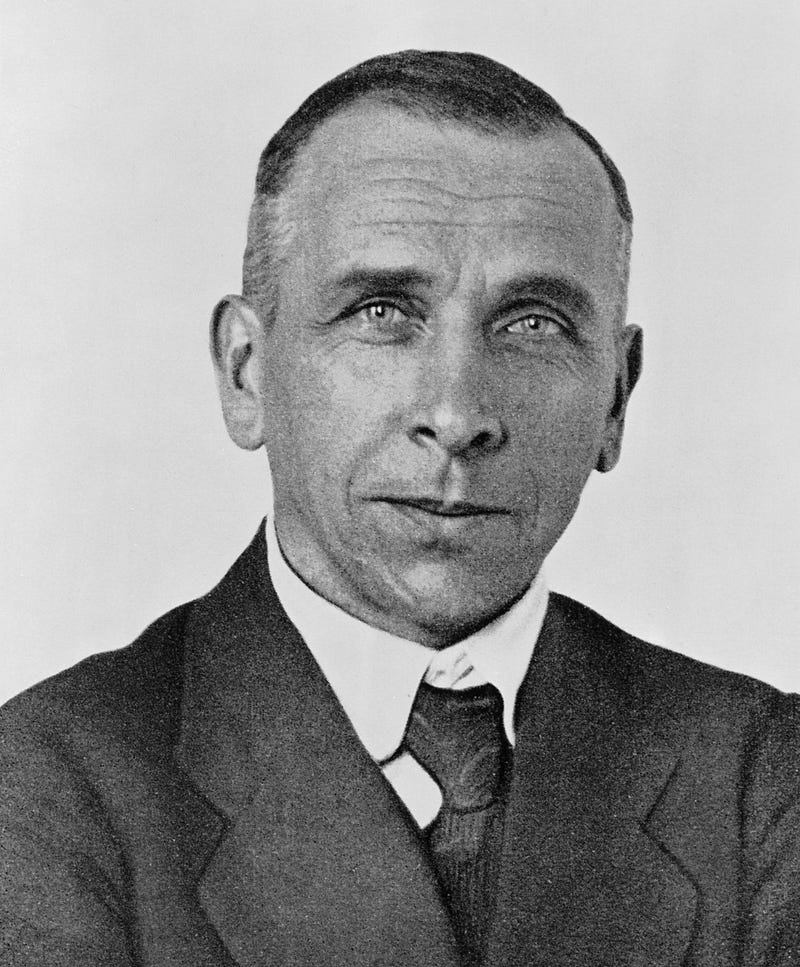# Unraveling the Mystery of Continental Drift: Wegener's Legacy
Written on
Chapter 1: The Concept of Continental Drift
What is continental drift? Why do certain continents appear to fit together like pieces of a puzzle on global maps? It was Alfred Wegener who first proposed that these landmasses once formed a single supercontinent known as Pangea.

In January 1912, during a notable gathering of the German Geological Society in Frankfurt, a young meteorologist named Alfred Wegener presented a theory that would challenge existing scientific beliefs. His lecture introduced the idea of continental drift, suggesting that continents are not stationary, but rather shift relative to one another and the Earth's rotational axis. Many esteemed professors dismissed his claims with laughter, firmly believing that the continents' positions had remained unchanged throughout history.
The Birth of a Bold Theory
The notion of continental drift first came to Wegener on Christmas Day in 1910, while perusing a friend's atlas. He observed that the Atlantic coastline of Brazil appeared to align perfectly with that of West Africa, much like two individuals lying side by side. This observation inspired Wegener to formulate a revolutionary scientific theory regarding the movement of continents. He hypothesized that a force was propelling these landmasses apart, and he proposed that all continents once existed as a unified landmass during the Paleozoic era, which he termed Pangea.
Wegener diligently gathered evidence to substantiate his theory. He famously stated, “If I find identical butterfly species in South America and Africa, I cannot simply assume that these butterflies flew across the Atlantic.” Notably, fossils of Mesosaurus, a freshwater reptile from the Early Permian period, have only been discovered in southern Africa and eastern South America, making it implausible that the species could have traversed the ocean.

Overcoming Skepticism
With an interdisciplinary methodology, Wegener authored one of the most impactful and contentious works in scientific literature: “Die Entstehung der Kontinente und Ozeane,” published in 1915. Unfortunately, due to the chaos of World War I, his book went largely unnoticed outside of Germany. It wasn't until the third edition, released in 1922 and translated into multiple languages, that his ideas gained international recognition, sparking a transformation in the field of earth sciences.
However, Wegener's theories were met with significant backlash from established geologists. The president of the American Philosophical Society vehemently dismissed them as “complete, bloody rot.” Others cautioned young scientists against expressing interest in continental drift, warning that it could jeopardize their careers.

The Tragic End of a Pioneer
Despite his groundbreaking contributions, Wegener struggled to secure a professorship in Germany. Eventually, he found a more accepting environment at the University of Graz in Austria, where he became a professor of meteorology and geophysics in 1924. Wegener was also deeply invested in meteorology, studying polar air circulation, but his life was cut short when he disappeared during a snowstorm. His body was discovered six months later, on May 12, 1931, found in a tent, clad in a reindeer skin and sleeping bag.

The Current Understanding of Continents
Today, we recognize that there are seven continents on Earth: Asia, Africa, North America, South America, Antarctica, Europe, and Australia. Each has its own unique flora and fauna, with some species found nowhere else on the planet.
The first video titled "The Theory of Continental Drift" delves into Wegener's groundbreaking ideas and how they reshaped our understanding of Earth's geological history.
The second video, "Continental Drift and Plate Tectonics - Earth Science for Kids!" explains the concepts of continental drift and plate tectonics in an engaging way for younger audiences.
Conclusion
Thank you for reading! If you found this exploration of continental drift and Alfred Wegener's legacy insightful, please consider showing your support. Your appreciation means a lot!